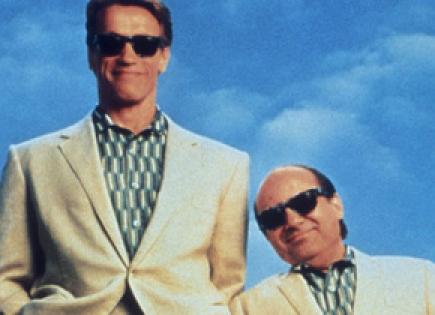Identical twins Angela King and Elena Gatt can read each other's minds and feel each other's pain, but they still experience unique health ailments.
The 57-year-old Victorians are volunteers at the Australian Twin Registry, a medical research body that helps answer the puzzle of nurture over nature.
Princess Mary of Denmark, the mother of two-year-old twins, announced her patronage of both the Australian Twin Registry, based at the University of Melbourne, and the Danish Twin Registry in a ceremony in Denmark on Tuesday night (AEDT).
The Hobart-born royal said the registries' research created breakthroughs in understanding serious diseases.
"Twins are special, as I know now as the mother of Vincent and Josephine," Princess Mary said in a statement.
"Twin registries bring twins and researchers together to undertake vital research that is of benefit to everyone."
As look-alike twins, Elena and Angela were able to swap jobs and fool their families. They also experienced each other's morning sickness and injuries, despite being miles apart.
They are convinced ATR research has allowed for even greater twin knowledge.
"She (Angela) lived in the country for a long time. She had a lot of hayfever and I never had it, so you could see a lot of difference," Elena told AAP at the patron launch in Melbourne on Wednesday.
"They liked us because one was city and one was country, so they could tell the environment made a difference," Angela said.
Melbourne university paediatrics researcher Jeffrey Craig says twins helped researchers understand how the womb environment and the first 1,000 days of life determine future health.
"Only by working with twins can we tease out genetics from the environment," Dr Craig told AAP.
"Why are twins with the same DNA different? The answer we think is this early environment but also acting upon ... basically the gene switches that are sensitive to the environment.
These gene switches can be turned on by a mother's diet or the baby's womb position, which can vary even for twins, Dr Craig says.
"The human genome is like an orchestra, the instrument are the genes.
"The genes just sit here, they don't play themselves, they need these extra (environmental) factors, the musicians, to come along and play them."
For Angela and Elena, the marvel of being twins continues to amaze.
"It's an incredible bond. Husbands sometimes get a bit jealous," Elena said.



















__small.png)










